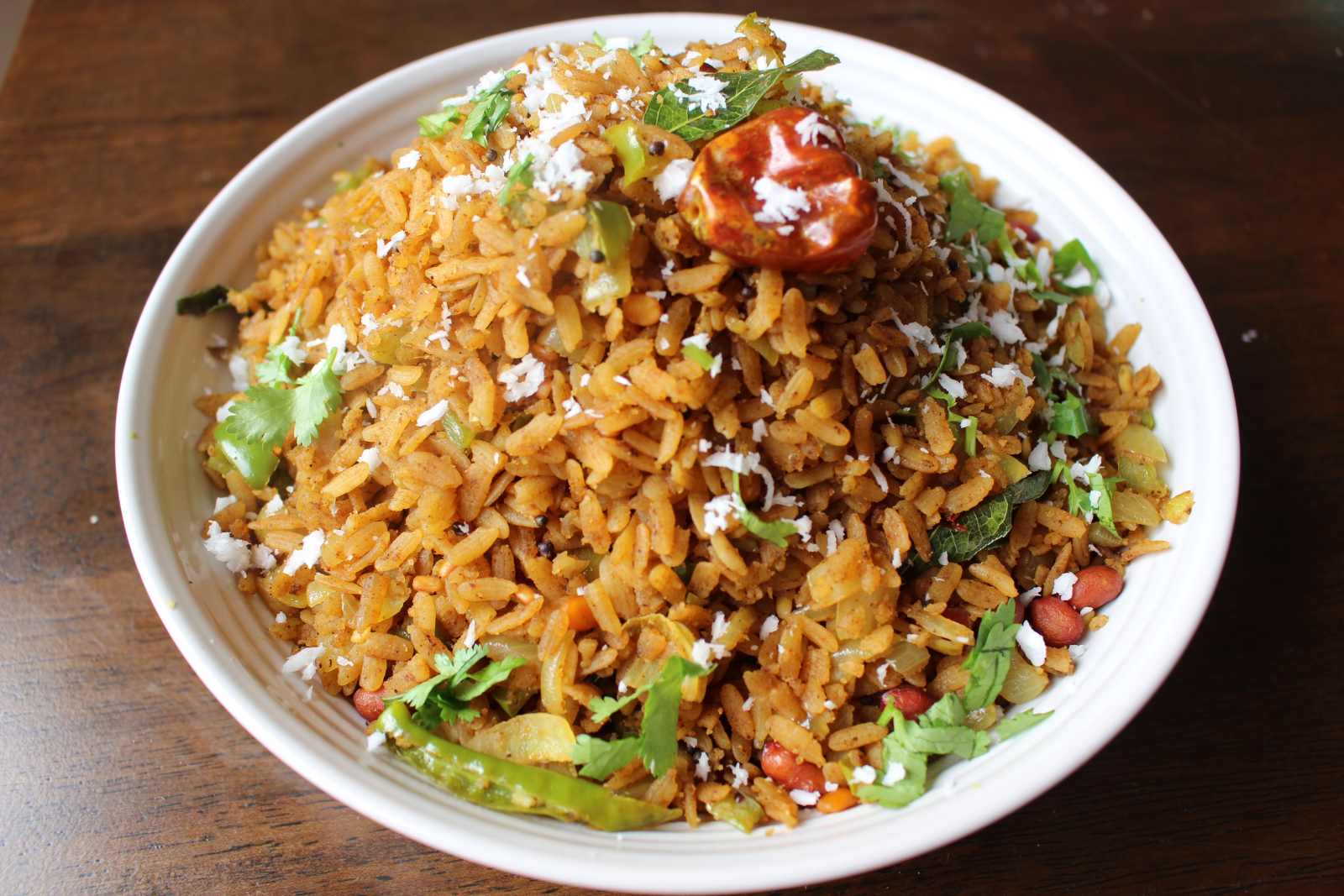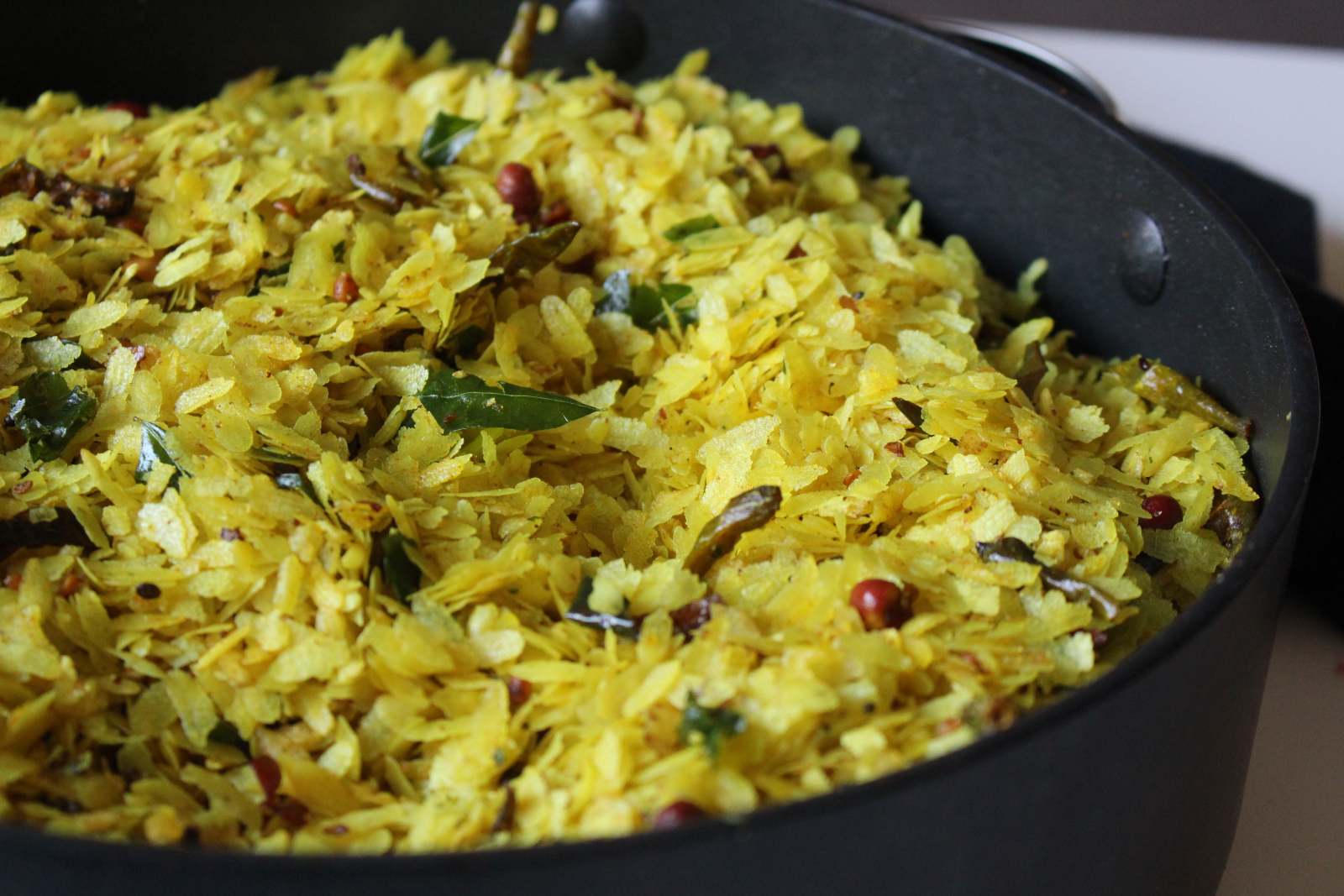Prepare to embark on a culinary adventure as we delve into the world of avalakki, a beloved South Indian dish. Its versatility and diverse flavors have captivated taste buds for generations, making it a staple in many households. Whether you’re a seasoned home cook or eager to explore new cuisines, this guide will provide you with everything you need to create an authentic and delectable avalakki dish.
In this comprehensive guide, we’ll explore the essential ingredients, step-by-step preparation methods, regional variations, serving suggestions, nutritional value, and creative presentation ideas. By the end of this culinary journey, you’ll be equipped with the knowledge and inspiration to craft an avalakki dish that will tantalize your palate and impress your loved ones.
Ingredients
Avalakki, also known as flattened rice, is the primary ingredient in this delectable dish. It is made by parboiling paddy, flattening it, and then drying it. Avalakki is a versatile ingredient that can be used in both sweet and savory dishes.
In addition to avalakki, there are a number of other ingredients that can be used to enhance the flavor of this dish. These include:
- Mustard seeds
- Cumin seeds
- Chana dal
- Urad dal
- Green chilies
- Curry leaves
- Coconut
- Peanuts
- Lemon juice
The key to making a great avalakki dish is to use high-quality ingredients. This means using fresh, organic ingredients whenever possible. It also means avoiding using processed ingredients, such as canned or frozen vegetables.
Preparation
Preparing avalakki is a simple and straightforward process that requires minimal ingredients and effort. Here’s a step-by-step guide to help you create this delicious and versatile dish:
Step 1: Dry Roast the Avalakki
In a heavy-bottomed pan or skillet, heat a tablespoon of oil over medium heat. Add the avalakki and stir continuously until it turns a light golden brown color. This process takes about 5-7 minutes, so be patient and keep stirring to prevent burning.
Tip: For a more intense flavor, roast the avalakki until it turns a deeper golden brown. However, be careful not to burn it, as this will result in a bitter taste.
Variations
Avalakki, a versatile dish, exhibits regional variations that add to its diverse flavors. These variations stem from the use of unique ingredients and distinct cooking methods.
In the southern Indian state of Karnataka, avalakki is often prepared with a tempering of mustard seeds, curry leaves, and red chilies, giving it a spicy kick. In contrast, in the western state of Maharashtra, avalakki is flavored with a blend of coconut, coriander, and green chilies, resulting in a milder and more aromatic dish.
Northern Indian Variations
In northern India, avalakki is commonly prepared with a mixture of spices such as cumin, coriander, and turmeric. This combination imparts a warm and earthy flavor to the dish. Additionally, in some regions, avalakki is combined with vegetables like carrots and peas, adding a touch of sweetness and crunch.
Eastern Indian Variations
Eastern India offers its own unique take on avalakki. In West Bengal, avalakki is often flavored with mustard oil and nigella seeds, giving it a pungent and slightly bitter taste. In Odisha, avalakki is prepared with a tempering of panch phoron (a blend of five spices), adding a complex and aromatic flavor to the dish.
Serving Suggestions

Avalakki can be enjoyed in a multitude of ways, offering a versatile culinary experience. Whether served as a simple snack or as an accompaniment to a more elaborate meal, its distinct flavor and texture complement various dishes and occasions.
Beyond its versatility, avalakki also holds cultural significance in different regions. In South India, it is a staple breakfast item, often paired with chutney or sambar. In Maharashtra, it is known as poha and is a popular street food, often served with onions, potatoes, and spices.
As a Main Dish
- Avalakki Upma: A savory dish made with avalakki, vegetables, and spices, often served with chutney.
- Avalakki Pulao: A flavorful rice dish made with avalakki, vegetables, and spices, cooked in a pressure cooker.
- Avalakki Bhel: A tangy and crunchy snack made with avalakki, vegetables, and a spicy dressing.
As a Side Dish
- Avalakki Raita: A refreshing yogurt-based dish made with avalakki, vegetables, and spices.
- Avalakki Kosambari: A traditional South Indian salad made with avalakki, vegetables, and a coconut-based dressing.
- Avalakki Chaat: A savory snack made with avalakki, vegetables, and a tangy dressing.
As a Breakfast Item
- Avalakki Pongal: A hearty breakfast dish made with avalakki, lentils, and spices.
- Avalakki Idli: A steamed rice cake made with avalakki, often served with chutney or sambar.
- Avalakki Dosa: A thin pancake made with avalakki, often served with chutney or sambar.
Nutritional Value

Avalakki is a nutritious food that provides a good source of carbohydrates, protein, and fiber. It is also a good source of vitamins and minerals, including iron, calcium, and potassium.
The macronutrient content of avalakki is as follows:
- Carbohydrates: 70%
- Protein: 10%
- Fat: 2%
Avalakki is a low-glycemic index food, which means that it does not cause a rapid spike in blood sugar levels. This makes it a good choice for people with diabetes or prediabetes.
Potential Health Benefits
Consuming avalakki may provide a number of health benefits, including:
- Improved digestion
- Reduced cholesterol levels
- Lower blood sugar levels
- Increased satiety
- Boosted energy levels
Presentation
Elevate your avalakki from a simple snack to an appetizer or snack that will impress your guests. With a few creative touches, you can transform this humble dish into a visually stunning treat.
Garnishes and accompaniments play a crucial role in enhancing the visual appeal of avalakki. Consider sprinkling chopped coriander leaves, sliced almonds, or grated carrots for a vibrant touch. You can also drizzle some lemon juice or tamarind chutney over the avalakki for an extra burst of flavor and color.
Plating Ideas
- Serve avalakki in individual shot glasses or martini glasses for a sophisticated touch.
- Create a tower of avalakki by layering it in a clear glass or jar, alternating with colorful garnishes like pomegranate seeds or chopped green chilies.
- Arrange avalakki on a flat plate and use a cookie cutter to shape it into fun designs, such as stars or hearts.
Last Recap
As you embark on your avalakki-making adventures, remember that experimentation is key. Don’t be afraid to adjust ingredients or techniques to suit your taste preferences. Whether you prefer a spicy kick or a milder flavor, the beauty of avalakki lies in its adaptability.
Embrace the culinary journey, savor the flavors, and share the joy of avalakki with those around you. Happy cooking!
FAQ
What is the difference between avalakki and poha?
While both avalakki and poha are flattened rice, they differ in their thickness and texture. Avalakki is typically thicker and has a slightly chewier texture compared to poha, which is thinner and more delicate.
Can avalakki be made ahead of time?
Yes, avalakki can be made ahead of time and stored in an airtight container in the refrigerator for up to 3 days. When ready to serve, simply reheat it over low heat or in the microwave until warmed through.
What are some healthy toppings for avalakki?
Avalakki can be topped with a variety of healthy and flavorful ingredients such as chopped vegetables (onions, tomatoes, carrots), roasted nuts (peanuts, almonds), fresh herbs (cilantro, mint), and a squeeze of lemon juice.
